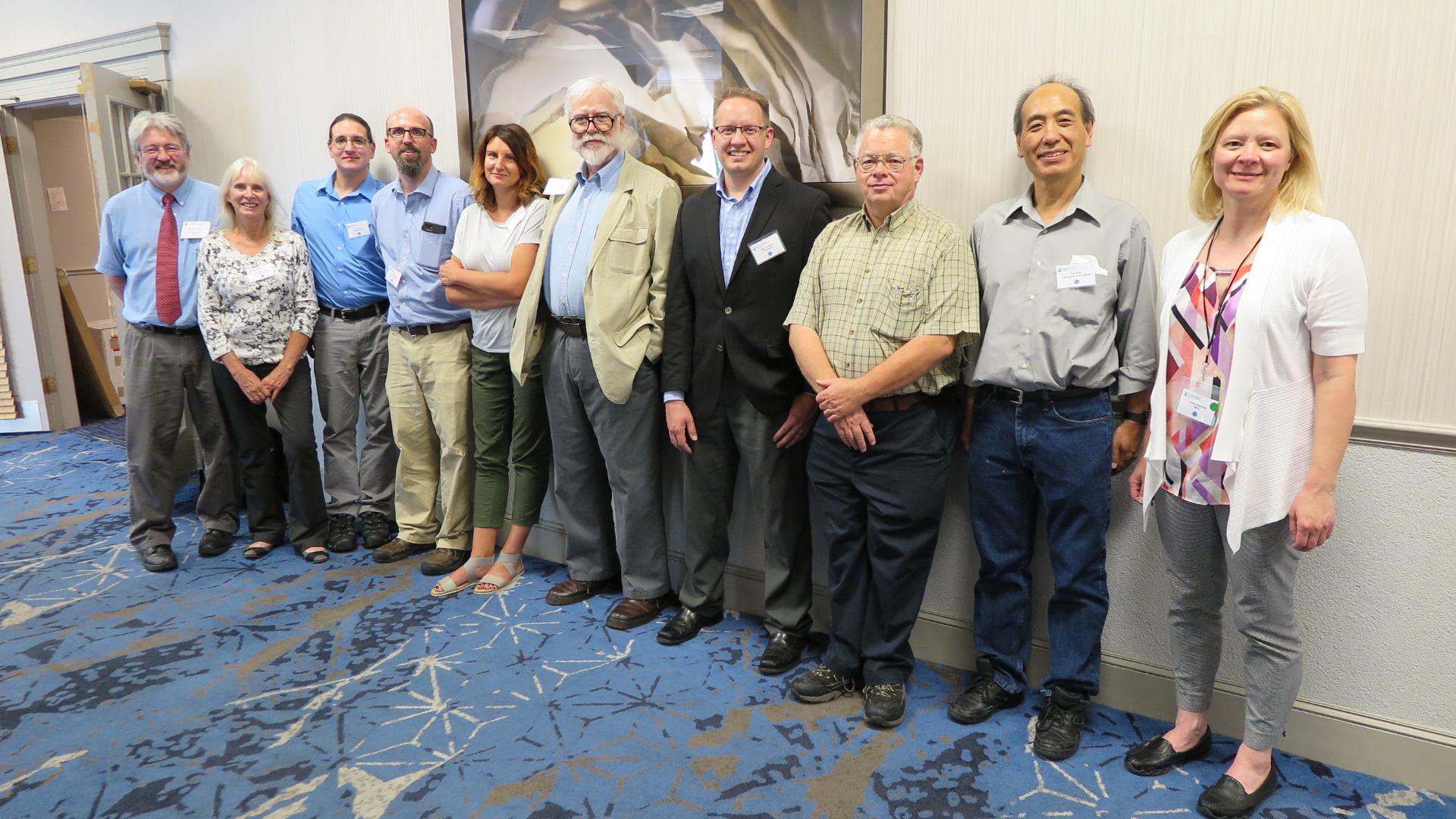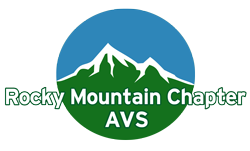Rocky Mountain Sampler: Front range research, applications, and technology
Annual Symposium of the Rocky Mountain ChapterSymposium: Thursday, September 13, 2018
Westminster DoubleTree Hotel, Westminster, CO
Short Courses September 11 – 14
Vendor Exhibit/Poster Session Thursday, September 13
Symposium registration free!
Free Vacuum Tutorial from Lesker September 13
Program
| 7:45 | Registration begins |
| 8:30–11:30 | Oral Sessions |
| 10:00 | Vendor Exhibit opens |
| 11:30–1:30 | Free Lunch in the Exhibit Area |
| 1:30–3:30 | Oral Session |
| 3:30 | Poster Session opens |
| 3:30–6:00 | Social time – Vendor Exhibit and Student Poster Session |
8:30AM - 12PM Introduction to Vacuum Technology J.R. Gaines (Lesker)
This class is designed to introduce the student to basic concepts in vacuum technology. Subjects covered include molecular density in vacuum, the ideal gas law, molecular flow in various vacuum regimes, characteristics of gas composition at various molecular densities, general principles of gas-solid interactions, vacuum pump technology and the impact of fundamental design decisions and operating practices on vacuum system performance. It is intended for people who are new to vacuum or may not have any formal training. It also provides a general review for those who have had some formal training in vacuum technology. The student should achieve a general understanding of vacuum technology as a foundation for further training in vacuum system design and thin film deposition. This course also includes several short quizzes to better enable the learning process. Students who attend the class can receive a personalized certificate of attendance signed by the course instructor. Specific topics include:
- Technical resources for vacuum technology
- Pressure and molecular density
- Adsorption, Desorption, Diffusion and Permeation
- Gas–Solid Interactions
- Flow Regimes
- Conductance
- Vacuum Pump Technologies, Pumping Speed and Pump Throughput
- Detecting leaks in vacuum systems
- Valves and Seals for high and ultra-high vacuum
- Gas Load
- Effects of humidity on vacuum system performance
- Outgassing
- Surface finishes for vacuum applications
- Calculations of ultimate base pressure of a vacuum system
J.R. Gaines is the Technical Director of Education for the Kurt J. Lesker. Gaines has more than 40 years of experience in the research, development and commercialization of advanced materials technologies including superconductivity, semiconductors, cryogenics, space simulation, energy generation, energy conversion and storage. His experience includes vacuum systems, thin film deposition, inorganic chemistry, nanotechnology and advanced ceramic processing. He currently develops and delivers the Company’s many educational programs through Lesker University teaching events.
9:00AM Building the link between ex situ and in situ spectroscopic data and functional properties of catalytic materials
Kateryna Artyushkova
University of New Mexico, Department of Chemical and Biological Engineering, Center for Microengineered Materials, Albuquerque, NM 87123
Building structure-to-property relationships is one of the most often attempted research tasks in today’s chemistry of materials. Often relationships are directly dependent and easy to identify. In complex, nano-structured functional materials, those correlations are intertwined and multi-directional. Predicting macroscopic property of interest, such as activity, wettability, stability, etc., based on correlation with materials surface chemistry is challenging but yet accomplishable.
The relationship between functional property and the chemical structure of materials is typically established through correlations between performance metrics parameters and various spectroscopic techniques, including XPS, XANES, XPES, TOF-SIMS, and Mössbauer spectroscopy. The primary advantage of XPS in the characterization of heterogeneous multicomponent nanostructures is the ability to discriminate between different surface oxidation states and chemical environments. However, the assignment of XPS peaks in highly heterogeneous materials is not straightforward. A significant improvement in the assignment of peaks at various binding energies could be achieved using reference materials, yet, many relevant reference materials do not exist. State-of-the-art computations allow the determination of BE shifts for specific defect chemistries and geometries, providing valuable information for processing and interpretation of spectral data.
In situ monitoring reaction steps under realistic conditions is important for understanding the reaction mechanism that is essential for developing active and durable catalysts.
In this talk, I will discuss approaches towards structure-to-property relationships derived for energy-related materials, such as electrocatalysts for the fuel cell. I will discuss multivariate approaches towards correlating XPS data with performance characteristics and binding energy shift calculations using DFT for interpreting XPS spectra. Application of XPS instrumentation with in-situ capabilities to study materials under conditions relevant to their application will also be discussed.
9:30AM Atomic Layer Deposition: A Scalable Process for Enabling the Next Generation of High Performance Materials
Arrelaine Dameron
Director of Research and Development Forge Nano
Louisville, Colorado
Atomic Layer Deposition (ALD) is a platform technology that has been widely demonstrated throughout the semiconductor industry, but is not yet widely accepted for modification of high surface area materials. However, R&D literature has shown ALD to impart significant processing and performance gains in all areas of advanced materials. For energy applications like energy storage and fuel cells, it has been perceived as slow and too expensive to consider as a realistic process for commercial adoption. However, Forge Nano has patented, constructed, and demonstrated a high throughput ALD capability at manufacturing scales, unlocking new potential for lower cost integration of ALD into products.
For example, in energy storage, as the mobility and portability requirements grow, so does the need for higher energy density materials, higher power density systems, and enhanced lifecycles of devices, all of which create additional stresses at interfaces within energy storage modules such as lithium-ion batteries, fuel cells, and supercapacitors. It is now widely accepted that the interfaces of lithium-ion battery electrode materials can be highly dynamic in nature, and are the source of detrimental effects such as electrolyte decomposition, particle fracturing, crystal phase transformations and other causes of performance fade. The next generation of energy storage devices will be designed and engineered with tailored interfaces to overcome some of these materials challenges. ALD is a critical tool for anyone attempting to modify interfaces at the R&D scale. Therefore, ALD should also be at the manufacturing scale to maintain an edge in a competitive market. This talk will discuss ALD as a means of controlling surface phenomena and its application for powder modification for a spectrum of technologies ranging from batteries to catalysis.
10-10:30 am Break
10:30AM TOF-SIMS investigations into the fundamentals of performance and degradation of solar cell materials and modules
Steve Harvey
National Renewable Energy Laboratories
Golden, Colorado
We have used time-of-flight secondary-ion mass spectrometry (TOF-SIMS) at the National Renewable Energy Laboratory to investigate the performance and reliability of solar cell materials, and we will present some recent work that highlights the versatility of TOF-SIMS. This work includes: 1) Multi-scale, multi-technique investigations of photovoltaic module failure including TOF-SIMS to enable insights into the root-cause mechanisms of module degradation at the nanoscale that are observed at the length scale of meters; 2) Investigations into the performance and stability of hybrid perovskite solar cell devices and 3) Using a combination of 1-D profiling and 3-D tomography to elucidate the fundamentals of incorporating dopants in CdTe solar cells.
Steve Harvey received B.S. and M.S. degrees, both in ceramic engineering, from Alfred University. He received his Ph.D. in materials science from Northwestern University in 2008. In 2011, he completed his postdoctoral stay as an Alexander Von Humboldt research fellow in Aachen Germany and has been at NREL ever since. His Ph.D. work focused on making correlations between bulk defect chemistry and surface electronic properties of transparent conducting oxides. His postdoctoral work focused on investigating cation diffusion in mixed-conducting oxides. His work at NREL since 2014 has focused on using time-of-flight secondary ion mass spectrometry to enable more efficient and reliable photovoltaic materials across multiple photovoltaic technologies.
11:00AM Broadband Optical Monitoring to facilitate High Accuracy Thin Film Processes
Broadband optical monitoring is becoming more popular and is being applied to a variety of new thin film processes. It is quite accurate, and because it allows for watching spectral features develop over a wide range of wavelengths, it avoids problems with insensitive layers that plague single-wavelength optical monitoring.
We will discuss different types of processes, types of optical monitoring, and their precision and accuracy. We will evaluate and describe real-time analysis and demonstrate process control software and how it can be applied to thin film monitoring. We will present a simulated monitoring process system.
Optical instrumentation configurations and considerations for thin film monitoring will be presented with a focus on spectroscopic techniques.
Alan D. Streater, president of Boulder Optical Design Inc., has a Ph.D. in physics (JILA/NIST, U. of Co. 1985). He worked 2.5 years on postdoctoral research (Leiden University), and then spent 11 years in the Physics Department at Lehigh University (tenured 1995), specializing in the interaction of light and matter, followed by 11 years in the optics industry (Research Electro-Optics and Boulder Optical Design, Inc.). Dr. Streater has 40 publications, including several patents and pending patents.
Brooke Robinson, Sales Application Engineer at Avantes Inc, holds a Bachelor degree in Computer Engineering with a minor in Mathematics from the South Dakota School of Mines and Technology. Brooke brings a wealth of engineering and computer programming knowledge to Avantes.
11:30-1:30 pm Lunch
1:30PM Cross Pollination of Space-Based Plasma Propulsion and Ground-Based Plasma Processing Technology
John D. Williams
Associate Professor, Department of Mechanical Engineering, Colorado State University
Director, Center for Electric Propulsion and Plasma Engineering CSU
Both gridded and gridless ion sources are used in advanced plasma propulsion systems for maneuvering satellites and spacecraft. A summary of these systems will be given along with descriptions of new technology and concepts that are being developed to improve performance and reduce costs. Technology and concepts for plasma propulsion and ground-based plasma processing are closely related and several examples will be given where advances in one field led to advances in the other field. Furthermore, much of the cross-pollination between the two areas has occurred in Colorado, and some of this history and ongoing activity will be summarized.
2:00PM Vacuum engineering of focal plane hardware for space-based instruments
Steve Franka, Manager of Detector Technology Center, Ball Aerospace
Overview of how Ball Aerospace applies vacuum technology to the design and processing of cooled image sensors within focal plane hardware for its space-based systems
2:30PM Effluent Management Solutions for Improved System Uptime
Barry Page and Gordon Hill
MKS Instruments
Boulder, CO
Vacuum Deposition processes in Semiconductor, LED and other industries can produce problems with exhaust management as materials deposit not only on the intended substrate, but also in the exhaust line after the chamber if not managed properly. As deposition occurs in the exhaust line the system conductance decreases, which can affect the performance of the process, and also reliability of system components can be adversely affected. There are two solutions for mitigating problems with byproduct deposition that can be used in tandem or individually to improve system uptime and reliability. One solution controls the deposition on the lines. In a second method effluent can be trapped by using knowledge of the properties of the byproducts. By using either one or both of these exhaust management techniques for deposition systems the problems caused by the effluent can be reduced. When the techniques are paired with simulations, design considerations and predictions, exhaust management can significantly increase system uptime and reliability.
3:00PM Working with local labs
Thank you to our 2018 Sponsors!
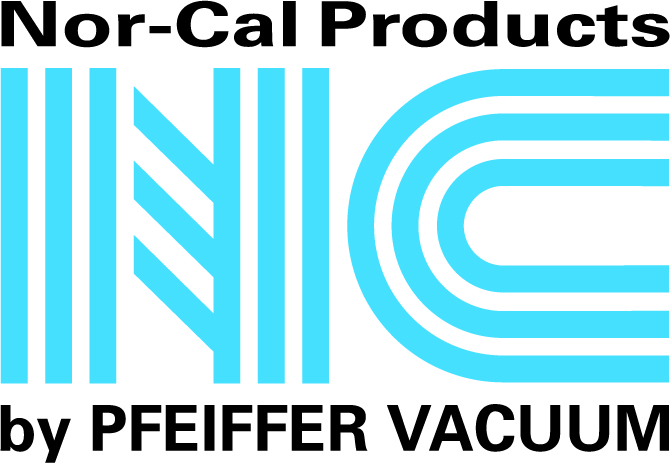
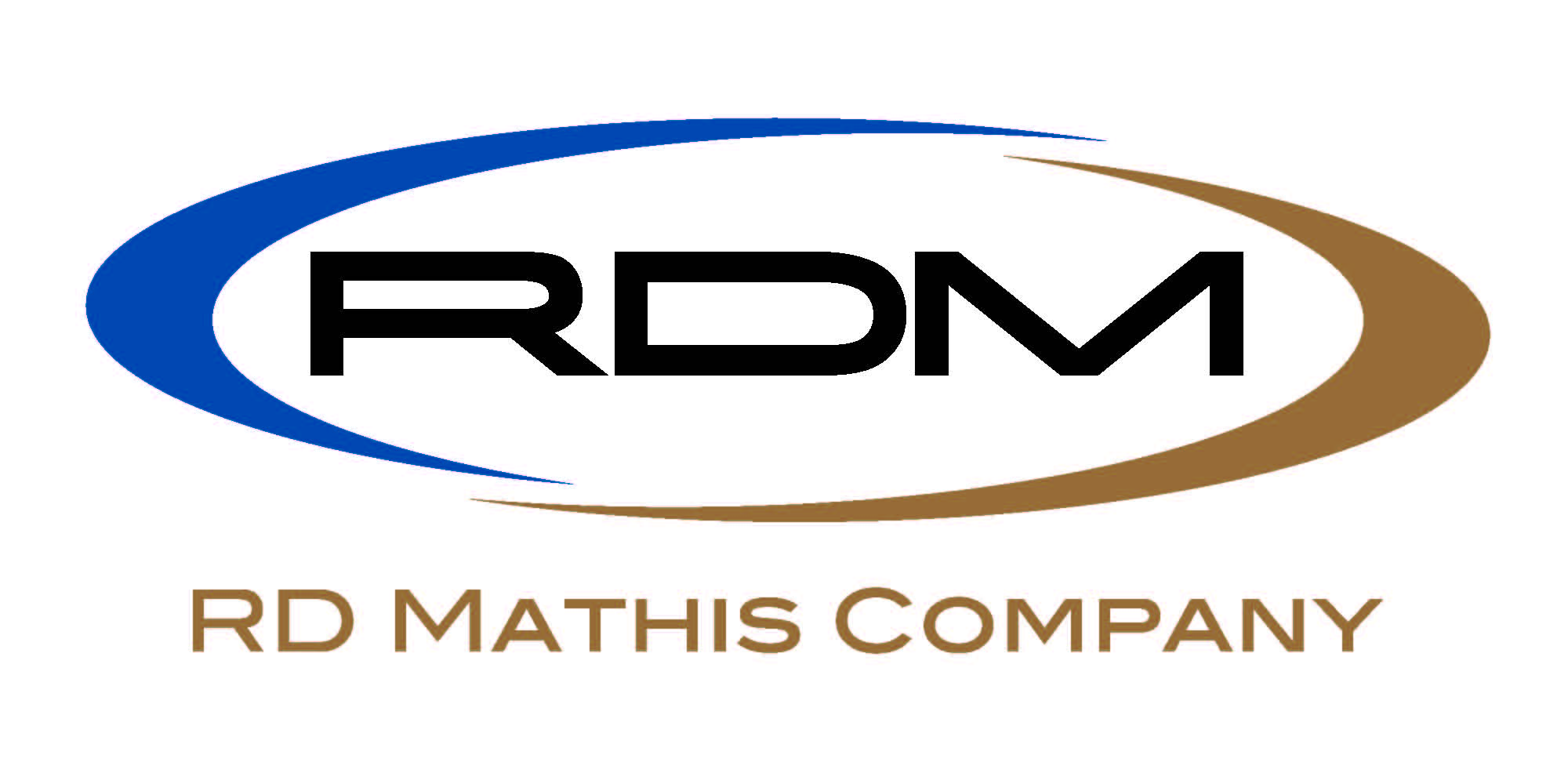
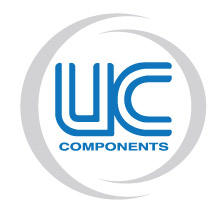
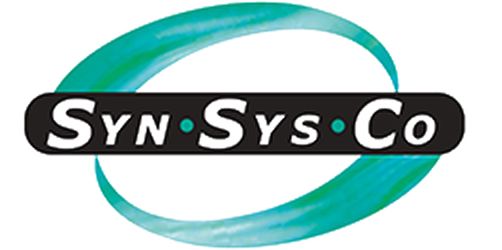
Organizing and Program Committees
- Chair, RMAVS Symposium: Mike Simmons (INTELLIVATION)
- Secretary: Tim Ohno, (CSM)
- Vendor Exhibit: Mike Simmons (INTELLIVATION)
- Short Course Coordinators: Neil Peacock, Tim Gessert
- Treasurer: Rosine Ribelin (Ascent Solar)
- Local Arrangements: Neil Peacock
- Student Poster Co-ordinator: James Burst (Ball Aerospace)
